Marine Life Inspiration: The Aquatic Snails
To the Oceans Project wishes all readers stay safe near oceans and marine life.
Let us here learn more of sea snails, but in addition remember to stay safe while we study of nature by the seas.
At the end of this blog, you can also find adorable imaginary stories of a one snail carrying positive thinking. But first – let us learn more of these creatures called the aquatic snails!
Aquatic Snails – What Are They?
Snails’ ancestors, according to experts, are one of the earliest known types of animals in the world. As we have explained, snails are gastropods. There is apparently fossil evidence of primitive gastropods dating back to the late Cambrian period; this means that they lived nearly 500 million years ago.
Present-day snail species can – amazingly – live in many environments, from the desert to the deep sea. Spread among at least six continents are more than 1,000 species of land, sea or freshwater snails. Due to morphology, hermaphroditic reproduction and certain adaptations, snails can originate in many different habitats and environments.
There are many types of snails, but they fundamentally differ because they are either aquatic or terrestrial. The former are adapted to live in the sea or bodies of fresh water, but the latter live exclusively on land, although generally in humid areas. Land snails probably originated from the freshwater species rather than saltwater ones.
Physically, snails are all pretty similar. Each possess a large muscular “foot” that allows for movement. The anterior portion of this organ is the head, which contains important sensory organs. The head has two tentacles and two eye stalks with an eye at each terminal end. A mouth with a jaw is also part of the head; it has a rough tongue for ripping and tearing at food.
In order to protect the snail body the calcareous shell forms in the larval stage and grows as it ages, with each successive whorl pushing the apex of the shell outward. Sea snails can be smaller, large or even dangerous.
The aquatic snail has a thicker shell than its terrestrial relatives for greater protection from any predators. These peaceful snails live for about three or four years evidently, grow to a little over 1½ inch in diameter and are valued for their bright colors and algae eating ability. Their bodies are usually black or pinkish-orange with neon orange spots around the head area according to experts. Shells also vary in colour – they can be tan or olive with dark stripes, maroon, white, golden yellow or blue.
There are so many interesting facts to find out about aquatic snails.
See if you can search for them!
Information of real snails in nature (Wikipedia): https://en.wikipedia.org/wiki/Snail
See also:
Please read stories in these blogs of the charming and imaginary snail Eenie with his adventures in the children books series. Eenie has been created by Dr. Linda Spedding, who is an invited guest blogger for To the Oceans Project.
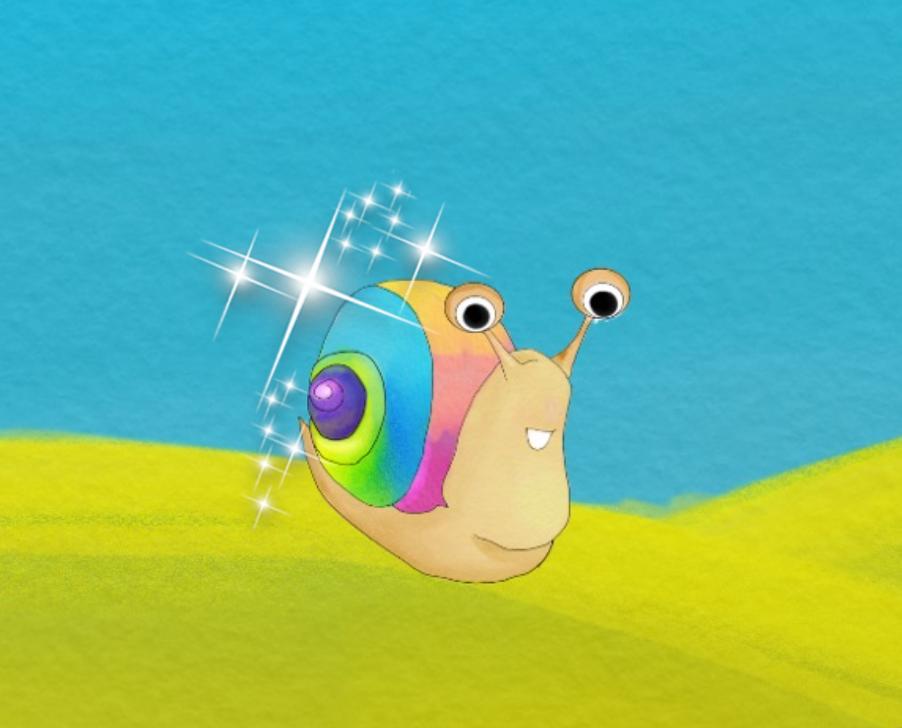
Her commitment to promoting goodwill and fostering kindness on a global scale has led to a fulfilling career, highlighted by the delightful children’s book series of Eenie, the positive snail and friends. The stories are lovely, safe and tell of structurous thinking through kind snails.
Through stories of Eenie the Snail, young readers—and adults alike—are inspired by values of compassion and a love for life, shared by the optimistic little snails Eenie, Beenie, and Meenie. Never dangerous, but always adorable and teaching us of empathetic thinking in all situations.
More information:
“How Eenie begun”, video with Dr. Linda Spedding:
https://www.youtube.com/watch?v=iMdq-KWTTII
Dr. Linda Spedding: https://www.womeninlawinternational.com/about-dr-spedding.html
All images copyrights: Linda Spedding & Eenie

Check out the adorable Eenie’s World children’s books on amazon.com!


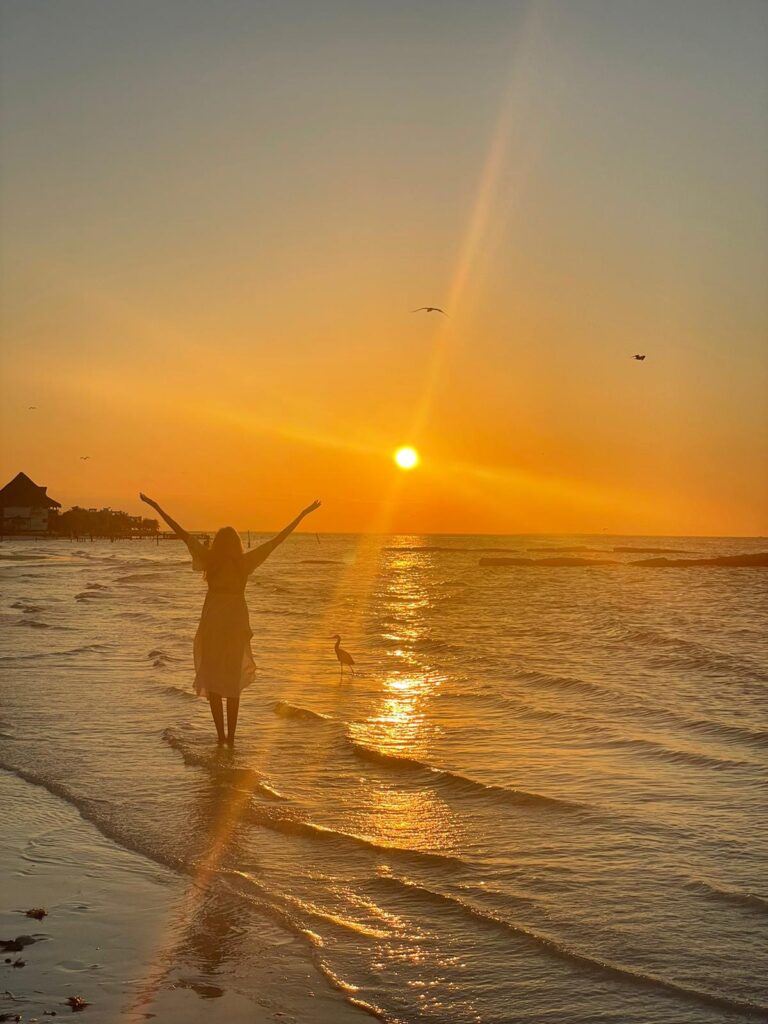

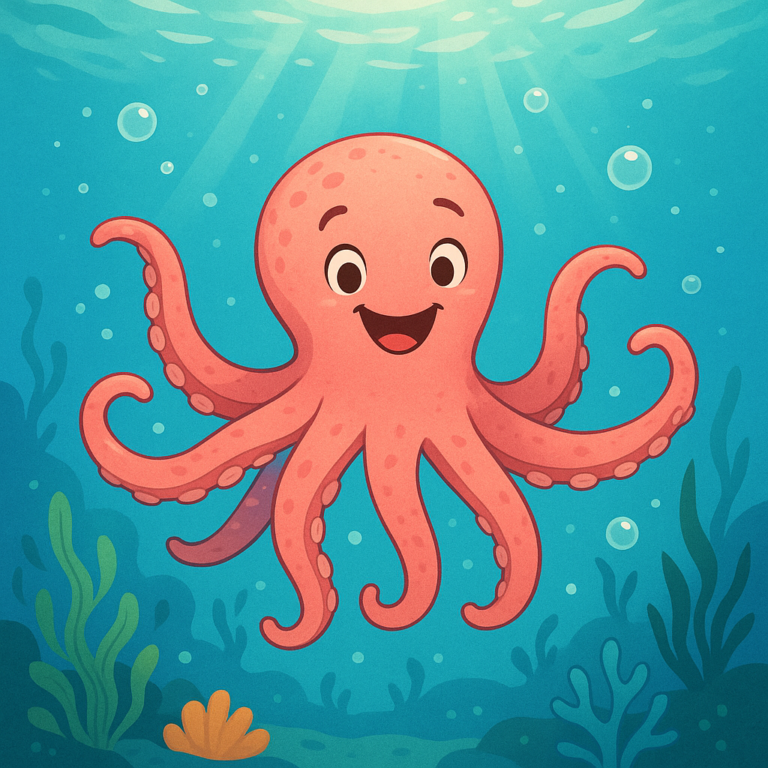
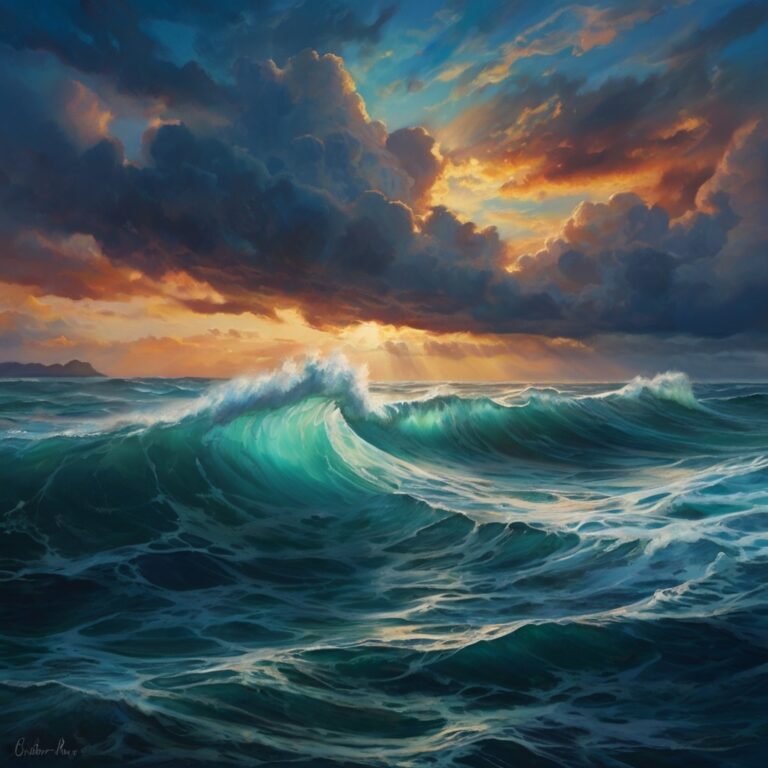
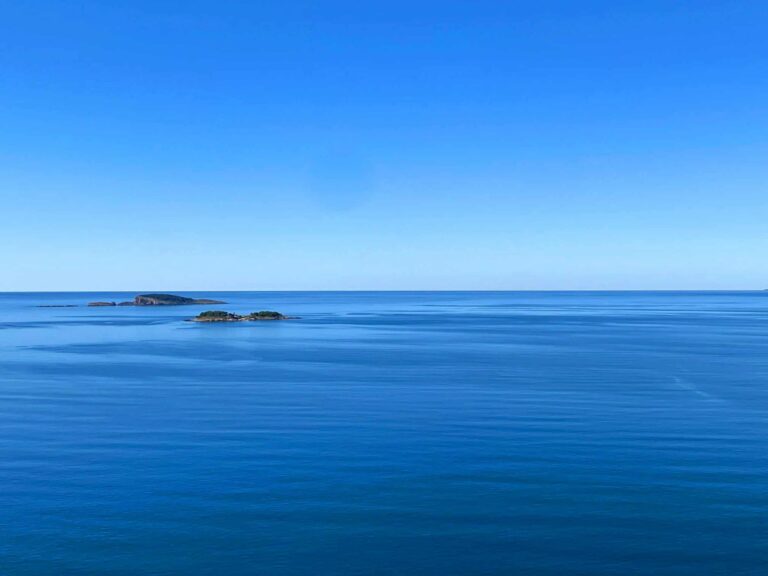
Nice blog here Also your site loads up very fast What host are you using Can I get your affiliate link to your host I wish my site loaded up as quickly as yours lol